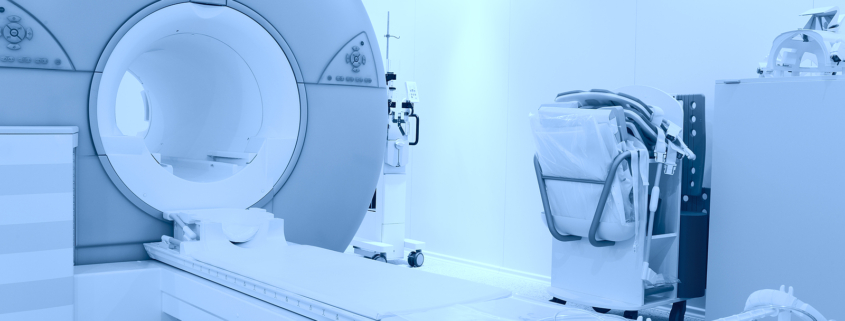Is A Short, More Intense Radiotherapy Course More Effective?
Typically, when people enter a radiotherapy centre for treatment to remove prostate cancer, the course prescribed can sometimes involve as many as 39 doses of radiation over several weeks.
This is a long treatment, but typically if caught early enough has a 90 per cent chance of stopping the cancer from spreading further if not outright destroying it.
However, the length of the treatment along with the fatigue that can often arise as a side effect has led researchers to explore the possibility of using a more intense radiotherapy treatment such as stereotactic body radiotherapy (SBRT), and a major study by the Institute of Cancer Research has provided promising results.
The PACE study, conducted on 874 men with low or medium-risk prostate cancer tested SBRT in a course of five treatments over two weeks against conventional radiotherapy in both its 20-dose and 39-dose pathways over four weeks or 7.5 weeks respectively.
Both treatments were highly effective, with 94.6 per cent of traditional radiotherapy patients being cancer-free after five years. However, what was surprising is that a percentage point more of the patients on SBRT were declared the same.
This is a relatively small increase, but what it highlighted is the potential to use a shorter treatment that is more effective, more convenient and less overall exposure to radiation over the five doses compared to the higher number of doses.
This suggests that it could potentially become the standard radiotherapy treatment for early-stage prostate cancer patients going forward, although there are some patients for whom a long-term radiotherapy treatment would be more suitable.
Prostate radiotherapy can exacerbate urinary issues in people who already have them, and whilst it would be a shorter-term treatment, there will be people who would rather not deal with the irritation, although in the case of SBRT, these symptoms only last a few weeks.
Ultimately, time and further study will tell, but this could potentially be a game changer and ensure people get the treatment they need sooner.



